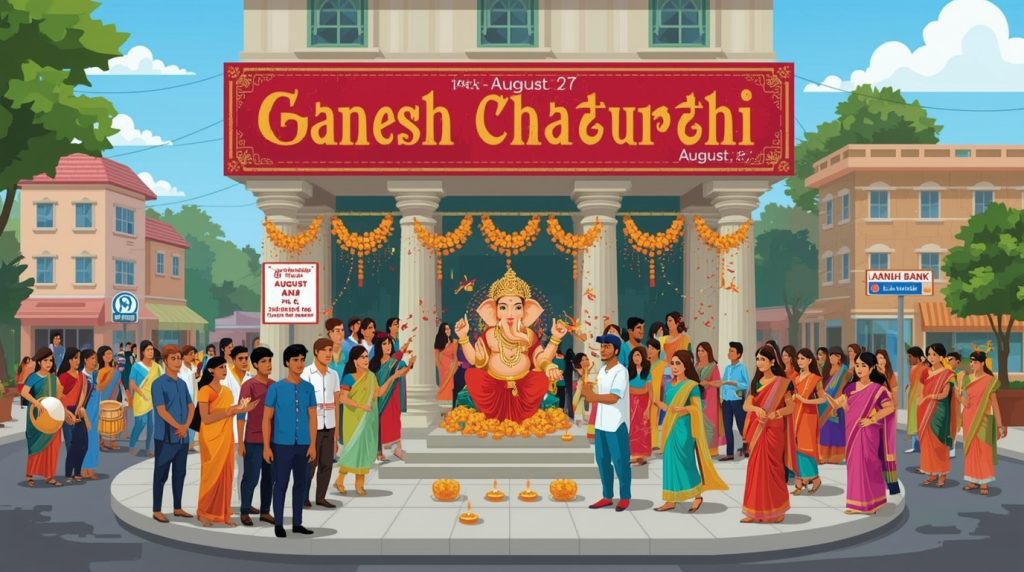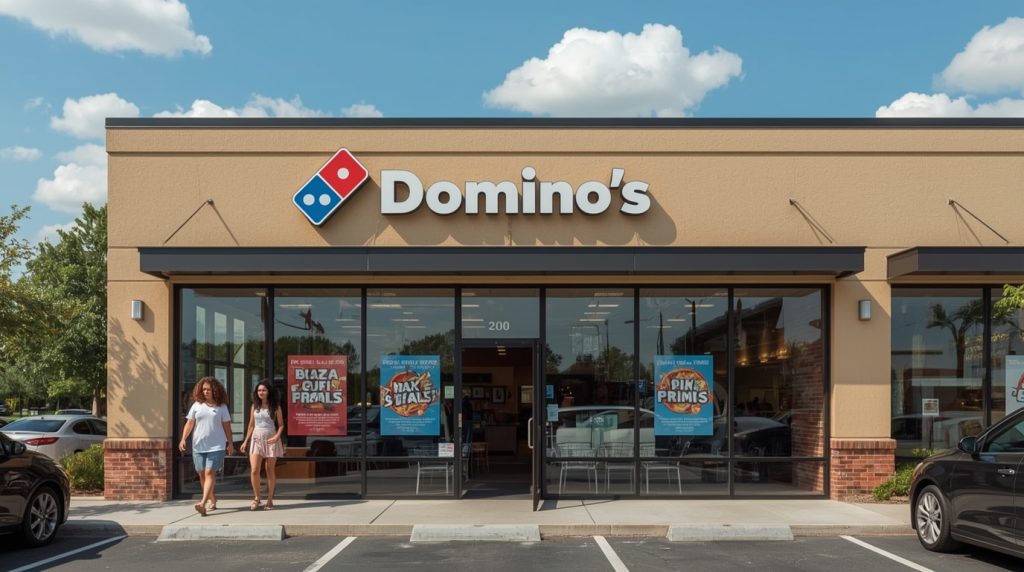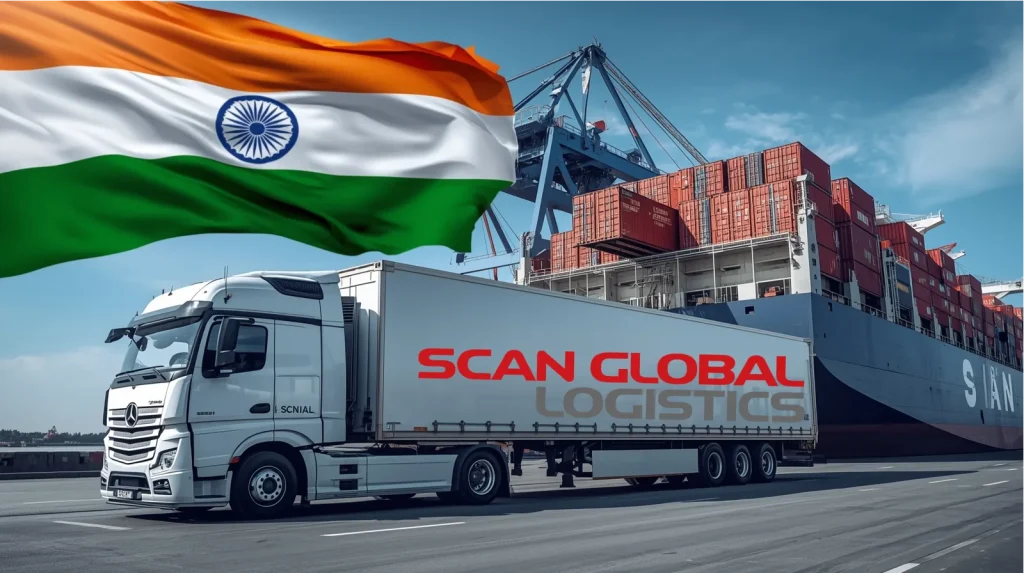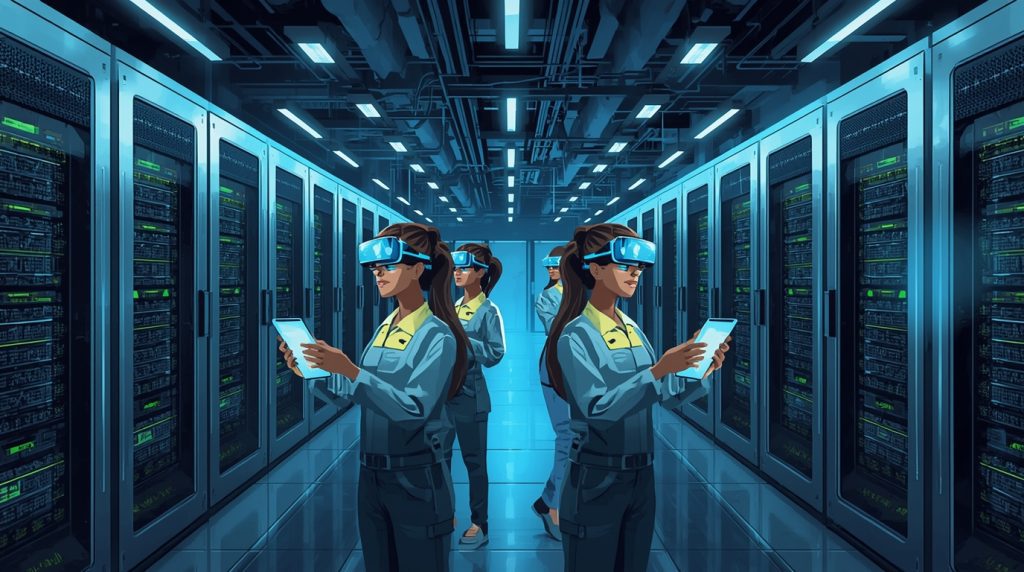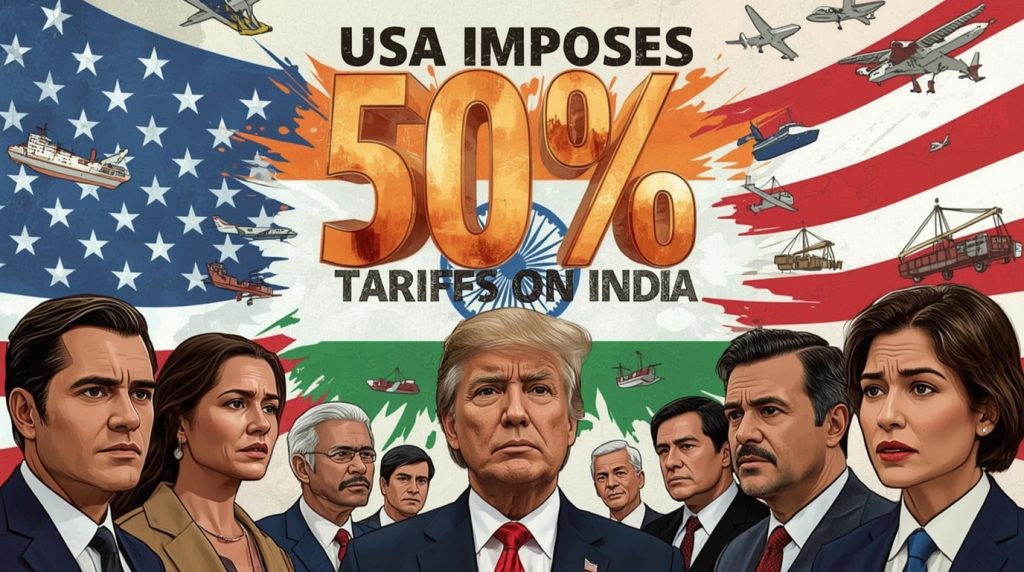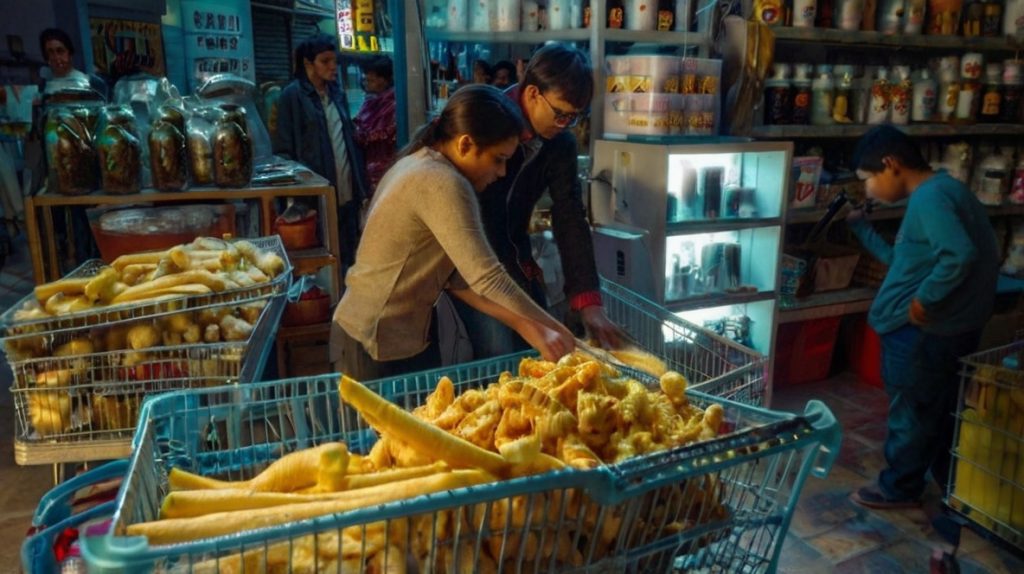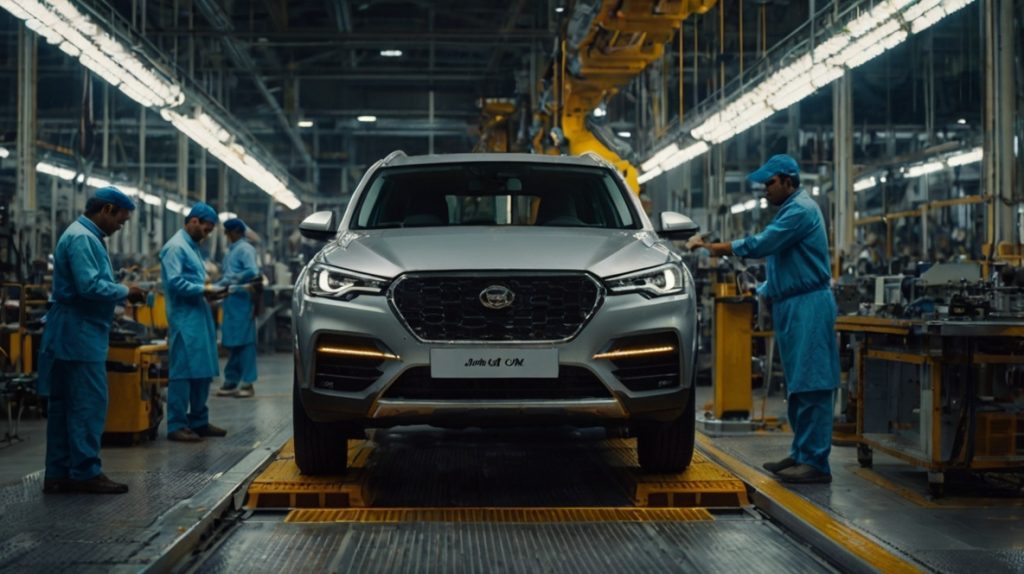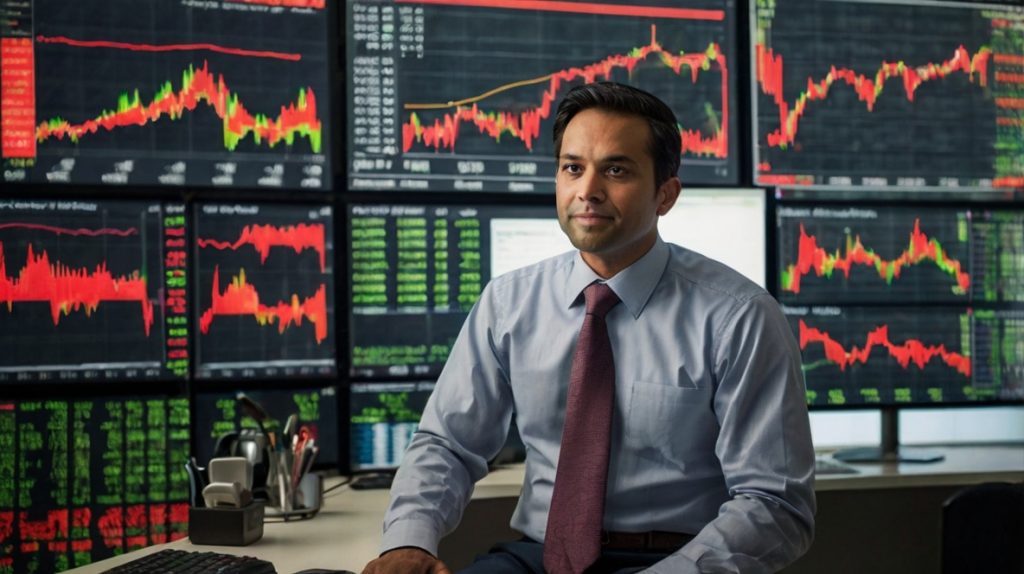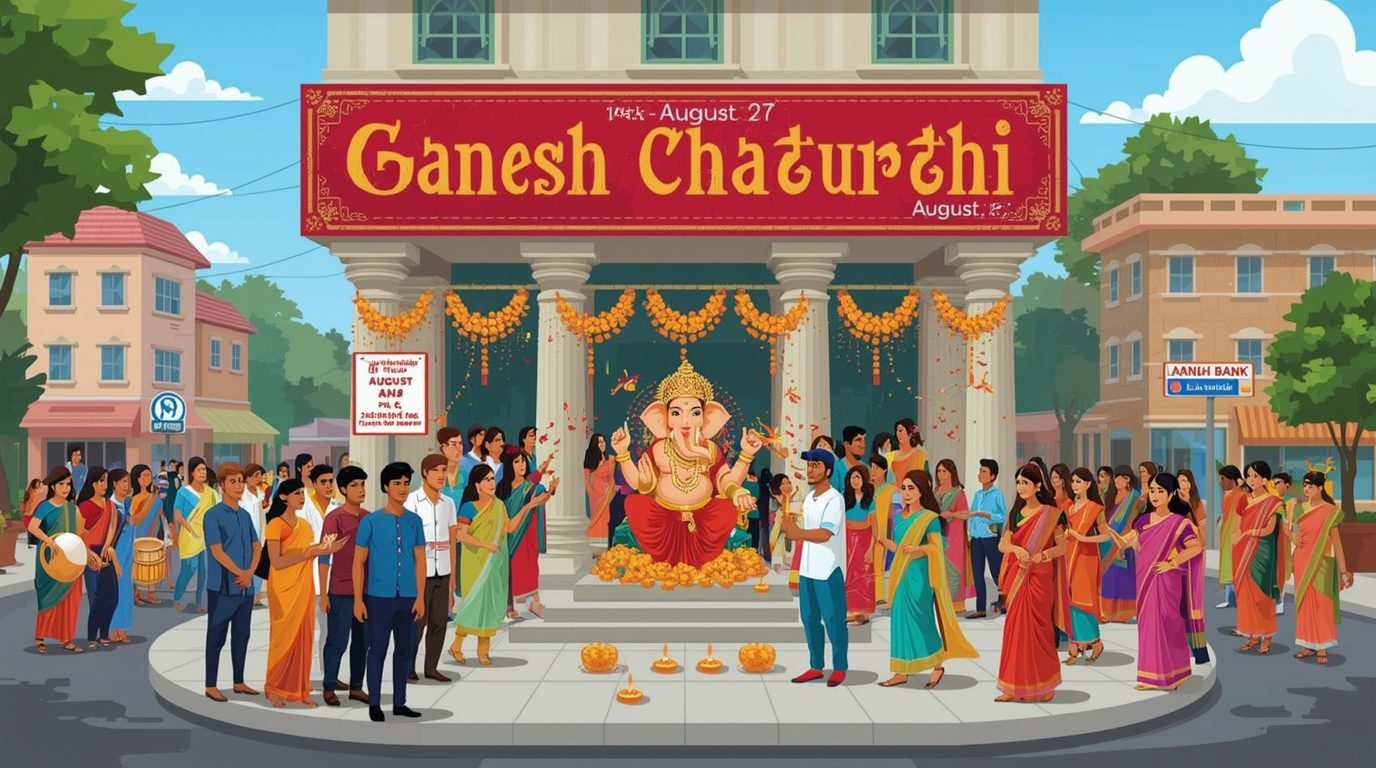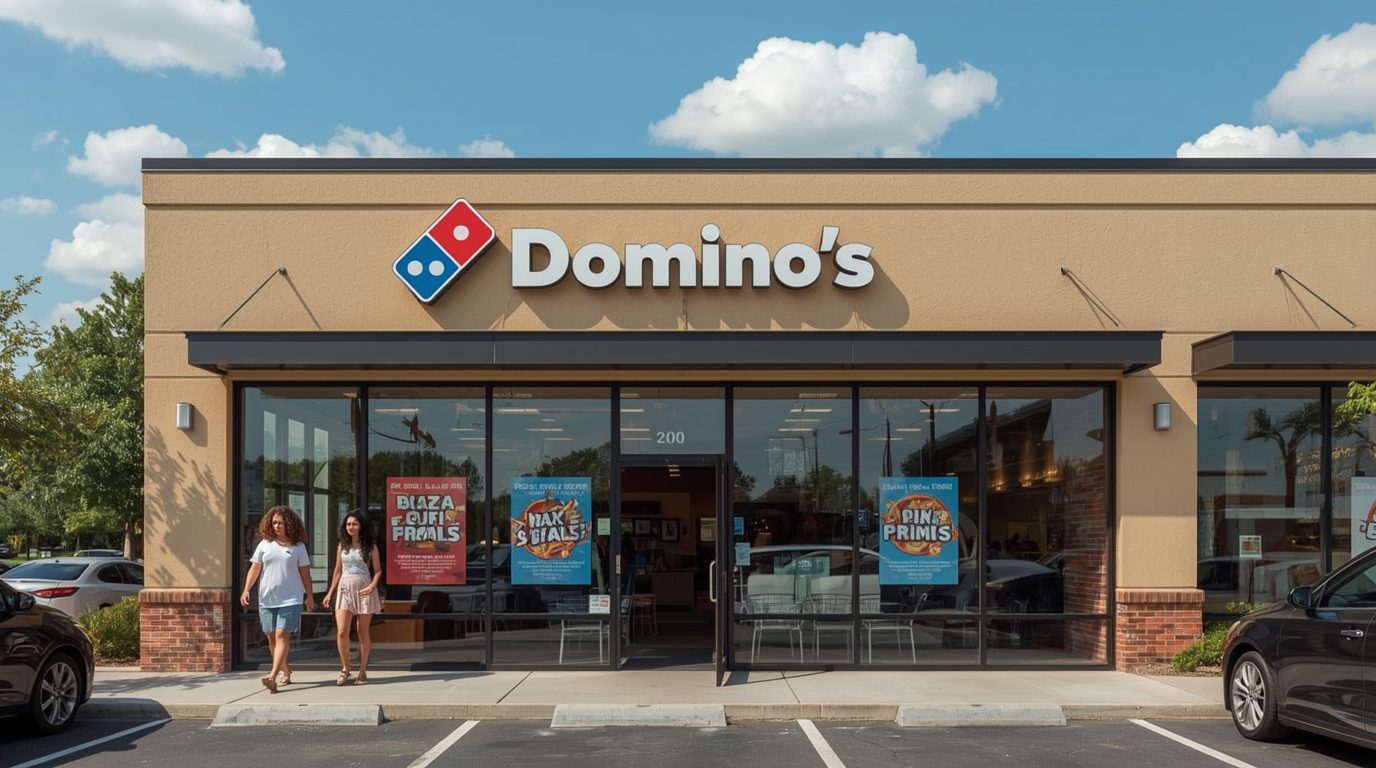India’s Rs 190 Tn Retail Boom & The Largest Economy Race
India is rapidly changing and is one of the world’s largest economies. The retail sector is expected to reach ₹190 trillion by 2034. The evaluating opportunities for domestic and global investors is assessing the shifting retail patterns. India is expected to surpass China’s economic growth and become the largest economy in the region. Retailers have the chance to adapt to the new rapidly evolving business environment.
India’s Economic Ascent Toward Becoming the Largest Economy
India’s Digital market, population and increased consumer spending is positioned the country to be largest economy. It is estimated that by 2030 the country will take the largest economy of several G7 countries and the GDP rank.
Every part of the transformation includes retail which continues to grow and makes a huge contribution to GDP and employment. The organized retail market share has seen a double increase in the last decade which means a change in consumer expectations and business strategy. Many businesses now target the digitally savvy consumer who looks for value.
To become one of the largest economy in the world, there needs to be a focus on the different regions of the country, the complexity of the consumers, and the retail environment.
The New Indian Consumer
Retailers now face a diverse cohort of consumers spanning various generations, income levels, and digital literacy. Hyper-personalization is a must in India for all ranges of consumers, Gen Z and seniors, and for all income levels, from wealthy urbanites to emerging rural consumers who are prepared to spend.
In the world of digital commerce and instant delivery systems, Gen Z and millennial shoppers are digitally dominant consumers. Meanwhile, the 45 and older cohort largely prefers in-store shopping which is a strong proof of the continued relevance of physical store shopping. By 2034 the median age of the population will be 33, there will be a balanced and valuable population. Retailers in the future largest economy will be required to meet the needs of both ends of the age spectrum.
Rising Incomes & Affluent Households: A Retail Goldmine
By 2030, the number of affluent households in India is expected to increase by 3 times making India super attractive as the premium and luxury retail market is set to thrive. At the same time, value-for-money is still the most important purchase driver across all income segments.
This is the consumption behavior of largest economy approaching largest economy status, and for India, it is unique. While aspirational consumers buy most global brands, there is increasing admiration for homegrown Indian brands, particularly in personal care and fashion.
Women are taking the lead. The beauty, wellness, and personal care segments are in the highest demand as the number of working women has doubled in the last 5 years. In order to succeed as the largest economy-in-making, retailers need to capture the attention of this evolving demographic.
Digital Adoption & Offline Strength: Omnichannel Is Key
India’s rapid expansion in the digital world is clear. In 2024, there was an increase in online shopping penetration, reaching 50% up from 18% in 2019. Still 58% of all purchases are made offline. This tells us that while e-commerce is increasing, it is the offline shopping experience that is most integrated into the Indian culture.
Blending online and offline retail approaches is incredibly crucial for developing economies as they pursue obtaining the title of the largest economy. Retailers will definitely get the edge if the flexibility of digital convenience is intertwined with physical retail touchpoints.
With the ability to redefine last-mile expectations, quick commerce promises hyper local assortments, and fast deliveries. Especially in urban areas, retailers who solve the supply chain problem will dominate this area of commerce.
Winning in India’s Retail Market
Success is subjective in India’s fast-growing market, and there is no one definitive path. The new retail logic is to “pick your strategy and execute it effectively”.
Successful marketing in India’s retail market involves:
- Concentrated segmentation: Create value propositions that accommodate consumer cohorts segmentation—lowest vs. highest, Gen Z vs. older generations, and even male vs. female.
- Integrated pricing: The proposition of economic luxury should be readily available.
- Substantive differences: Create bias messaging for specific people, and create clear identity branding for different areas and people.
- Flexible strategy: Gearbusiness your model to react to customer and technological changes or market dynamics.
- Regional retail: Different areas of India, such as Mumbai and Lucknow, will have different needs. In order to attain the largest economy title, regional diversity should be addressed.
Real-World Success Stories
The report presents unique and motivating stories that illustrate not only successful retail strategies but also strategies that harmonize with India’s journey to becoming the largest economy.
An example is one fashion retailer that refines its supply chain to ensure customers receive the latest fashion trends—showing the agility required by the future largest economy.
One jewelry brand superbly innovated customer retention through experience enhancement, vital for an economy that aspires to be the largest economy in the world.
A quick commerce startup meets hyper-local consumer needs with customized product assortments and rapid delivery—innovative for an economy that’s going to be the biggest.
The success stories have three main ingredients: innovation, localization, and customer obsession. These will be the main drivers as brands seek to scale with the rapid growth of India, set to be the world’s next largest economy.
What This Means for Global Retailers
Since India has become the largest economy in the world, global companies seeking to do business in India will face new challenges. Competing in India’s fast evolving market will need a well thought out market entry strategy, taking into account local culture, a special attention to pricing, and long lasting commitment to the region. As India become the world’s largest economy over the next ten years, these brands will shape the changing global economic order. For any companies hoping to prosper in the world’s forthcoming largest economy, successfully managing this market will prove to be essential.
Conclusion: Thriving in the Future Largest Economy
India’s retail sector holds a wealth of fruitful possibilities. The rising growth of market digitalization, changes in technology, and consumer behavior, alongside the refined blend of regional disparity such as the supply chain and omnichannel retail changes fosters the growth of retailing in India. Retailers will be integral in fortifying India’s position globally as it rises to be the largest economy. To perform in the rapidly evolving market of the future, it is critical to recognize and adapt to those trends. With the growth of the retailing sector, India’s position as the largest economy globally is inevitable.
The competition to become the largest economy in the world is already here. Retail is the arena where brands will either succeed or fail. Those willing to adapt, constantly innovate, and perform local action will win the opportunity worth trillions of rupees.
As Kumar Rajagopalan, CEO of Retailers Association of India (RAI), puts it:
“There’s no one-size-fits-all strategy for Indian retail. Winning here means being agile, understanding regional diversity, and making thoughtful, localized decisions.”



Table of Contents
Reference Website : https://www.indianretailer.com/article/retail-business/retail-trends/how-retailers-can-make-most-indias-rs-190-tn-market
Read More : https://theluckyledger.com/
Read More
Indian Banks Will Remain Open or Closed on Ganesh Chaturthi August 27?
Ganesh Chaturthi, India’s grand festival in devotion of Lord Ganesha includes deep rooted cultural and religious significance. It poses implications on the economy and serves as an important day for the Indian finances. With banks closing in certain states, the festival affects physical banking, stock exchanges, and commodities trading. For millions of customers, especially for those who heavily rely on branch visits, schedule navigation becomes important.
Beyond Domino’s: 3 QSR Stocks Ready for Recovery
Quick Service Restaurant (QSR) stocks in India have struggled for a while, trailing behind the wider consumption story. However, with demand in rural areas bouncing back, inflation easing, and prices still reasonable, the sector is beginning to perk up. The upcoming festive season could be the spark investors have been looking for.
Scan Global Logistics Expands Operations into India: A New Chapter in Global Logistics
Scan Global Logistics (SGL) is one of the largest providers of logistics services and just recently expanded into India. This goes to show Scan Global Logistics’ significance and the value in international shipping and supply chain management. This is also an incredible step towards a direct presence in one of the world’s rapidly growing economies.
India’s Industrial Output Increases by 4% YoY for August 2025: Trends and Numbers
India’s Industrial Output for August 2025 registered an impressive YoY increase of 4% suggesting the steady growth for the Country’s Industrial Sector. This growth was mainly due to an increase in the level of mining and the generation of electricity. Though the figures were slightly lower than the economists expectation of a 5% growth, the outlook for the India’s industrial growth is positive for these figures and other predictions and challenges for the Country on a global and local scale.
Techno Digital to Spend $1 Billion on Hyperscale and Edge Data Centres Throughout India
Chennai, India – With the Techno Digital announcement, India’s digital infrastructure sector is set to enter a new phase of development. Techno Digital plans to invest $1 billion within the next five years on a network of hyperscale and edge data centres to bridge India’s digital capacity gaps and position itself as a leading contributor to India’s technology-enabled growth.Techno Digital also announced the opening of a 36 MW AI-ready hyperscale data centre in Siruseri Sipcot IT Park which marks the start of its expansion plans.
Adidas Squares Up to Sunglasses with New Audi F1 Partnership Ahead of 2026 Arrival
Adidas has forged a brand-new, multi-year pact with the soon-to-launch Audi Formula 1 crew, locking the alliance in just in time for the 2026 season kickoff. Moisture-wicking, lightweight, speedy—everything the German brand does, from sneakers to sideways-three-stripes.
How 50% Tariffs Bomb Will Dilute India’s Competitive Advantage – A Sector-wise Comparison
NEW DELHI, Aug 27 – India’s trade juggernaut has been faced with some of the stiffest challenges in recent years, ever since the United States slapped a 50% tariff on Indian exports, effective immediately. Considered a “tariff bomb” by analysts, the new policy will significantly undermine India’s price competitiveness in the US market, where it has been reaping a trade surplus for decades.
India’s Consumption Cut Policy To Revitalize Demand In Light On US Tariffs
As part of its economic strategy, India irreversibly slashed the Goods and Services Tax (GST) on hundreds of consumer products—input and essentials items like soaps and toothpaste, consumer durables and some items like mini cars, air coolers and air conditioners. This is part of the attempt to stimulate domestic demand and reduce the economic impact of Donald Trump imposed tariffs on India effective last month and raised apprehensions about a slowdown in India’s export-driven sectors.
World Buying ‘Made in India,’ but Not Indian: The Tale of India’s Car Export Story
India’s automotive industry has long been a powerhouse in domestic vehicle production, but the story on the global export front is far more nuanced. While the world increasingly buys cars “Made in India”, the majority of those vehicles are not from homegrown brands. Instead, it is multinational manufacturers such as Maruti Suzuki—an Indo-Japanese collaboration—that dominate the export numbers, leaving native giants like Tata Motors and Mahindra & Mahindra playing catch-up in international markets.
Down 96%: Why a Star Investor Holds Penny Stocks
When a rock-star investor—nicknamed the “Warren Buffett of India”—keeps a company in his portfolio after its stock drops 96%, investors want to know why. Is there a hidden gem the market ignores, or is it a trap that penalizes new investors?
These questions revolve around two firms still in the portfolio of Ashish Dhawan, founder of ChrysCapital. The first, Dish TV, and the second, Palred Technologies, are both penny stocks, down over 80% from all-time highs. Despite this, Dhawan has not sold his shares. Learn more about Dhawan on The Lucky Ledger.
Apple iPhone 17 Lineup
Apple is busy preparing for its biggest product event of 2025: the iPhone 17 series. According to the latest leaks and rumors, four models are on the way: the iPhone 17, the lighter iPhone 17 Air, the 17 Pro, and the 17 Pro Max. Each version is set to deliver big upgrades in design, performance, screen, and camera technology, and they’ll all make the Dynamic Island even smoother and faster.
If Apple follows its usual schedule, the new phones should be unveiled in September 2025, with pre-orders kicking off not long afterward. While we still don’t know the exact launch dates, pricing, or delivery timelines, the mystery just keeps Apple fans talking.
If Apple follows its usual schedule,
Gold at a Record High: Will It Shine Brighter or Cool Off?
It recently climbed past the ₹100,000 mark per 10 grams on the MCX, marking a new all-time peak for the metal in India. For centuries, people have turned to gold as a safe store of value, a shield against uncertainty, and a solid refuge in rough times. Today, those old qualities are getting a fresh test while investors sift through rising tariffs, stubborn inflation, and a slowing global economy.
The big question now is whether this will keep climbing or whether the rally is about to take a breather.
Sundar Pichai Unveils New Interview Process in Google AI
Artificial intelligence keeps becoming part of our daily lives, and this is forcing big tech companies to rethink how they find the best talent. Google, Amazon, Cisco, and others are changing their hiring tests—especially for engineering jobs—to make sure every person is treated fairly and the right skills are seen.
Sundar Pichai, the CEO of Google, just announced that the company is bringing back in-person interviews for engineering and software coding roles. He said they had to do this because too many candidates were using AI tools to ace the online coding tests, and that made it hard to see if they really knew the stuff.


